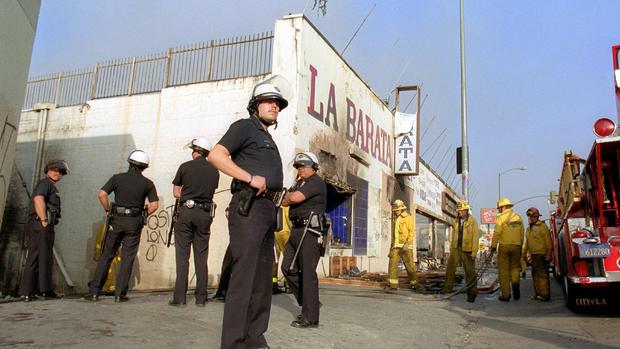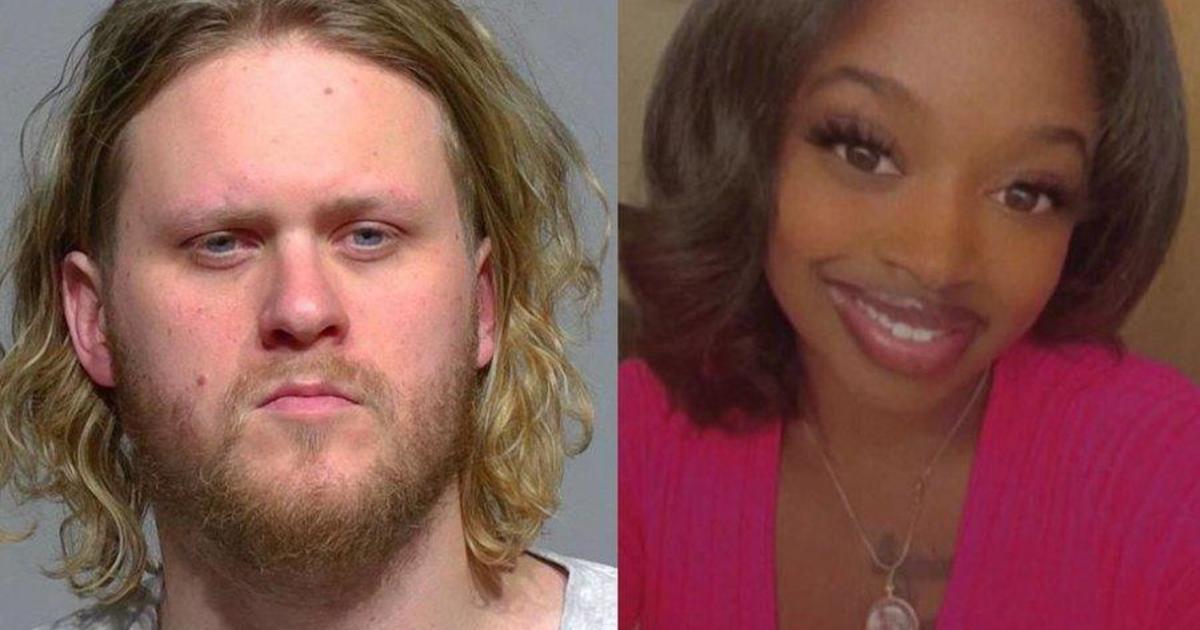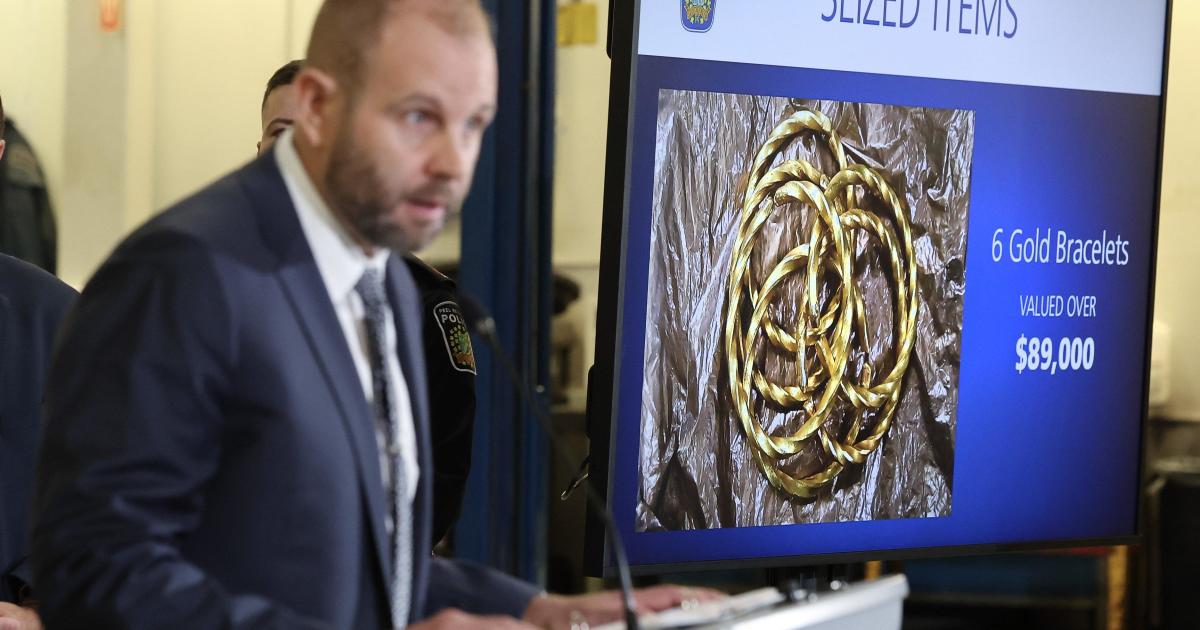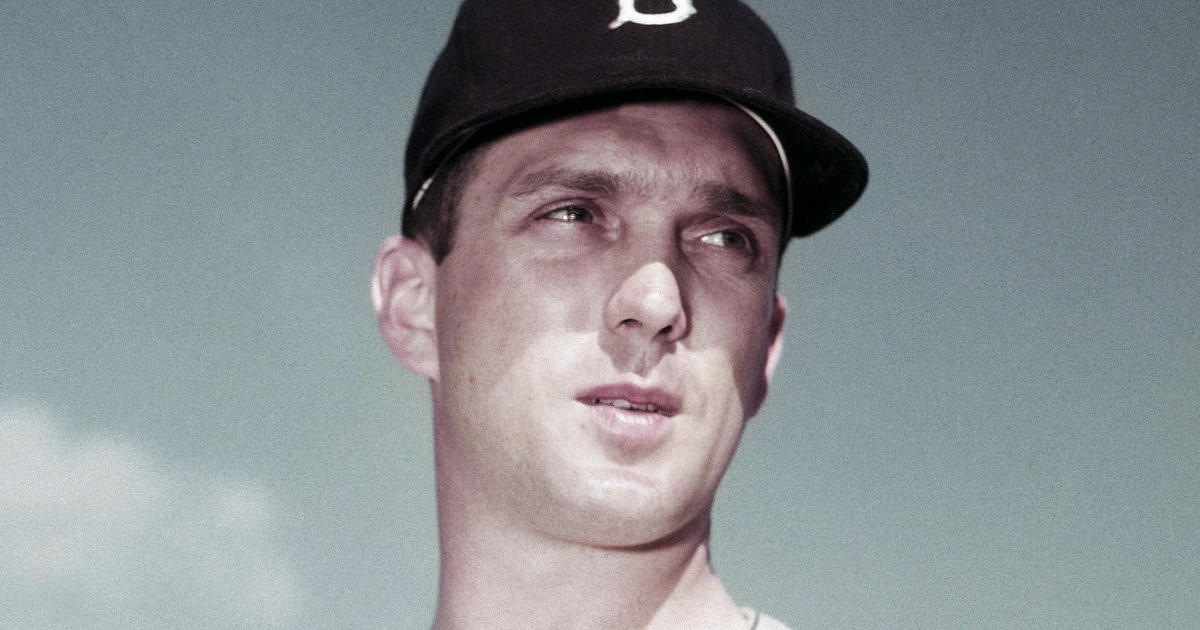25 years later, locals reflect on 1992 L.A. riots
LOS ANGELES -- Dee Young remembers April 29, 1992, the way most Americans of a certain age recall Sept. 11 - it’s indelibly etched in his memory as the day his world, and that of thousands of others, changed forever.
The 27-year-old tow-truck driver had stopped for a hamburger at a popular South Los Angeles fast-food joint that afternoon when he saw hordes of shouting, angry people carrying armloads of booze from a liquor store next door.
He soon learned he was witnessing the beginning of one of the worst race riots in American history, and it was unfolding in the neighborhood where he rode bikes and flew kites during a childhood he remembers as idyllic.
The violence erupted after four white police officers were acquitted of assault and other charges in the beating of black motorist Rodney King, which was captured on video the year before. The footage showed officers repeatedly striking, kicking and using a stun gun on King, even after he was on the ground.
Although the uprising seemed to catch the nation and the Los Angeles Police Department by surprise, longtime residents say tensions had been building in South Los Angeles for years and the King verdict was just the tipping point.
Here are some of their stories:
THE TOW-TRUCK DRIVER
Young, who had stopped for that burger, quickly decided he’d better get out of there.
Ironically, he drove to his family’s auto body shop about a mile away and just a couple of storefronts down from the intersection of Florence and Normandie avenues, streets whose names would become ubiquitous as the riot’s flashpoint.
He got there moments after black men dragged white truck driver Reginald Denny from his big rig and beat him nearly to death as millions watched in horror on live TV. One of those watching, a black truck driver named Bobby Green, rushed to the intersection and rescued him.
“It was chaotic - cars running lights, people in the middle of the street throwing stuff at cars, people stopping to see what was going on and getting their windows broke,” Young recalled.
The uprising, he realizes now, was the culmination of a downward spiral in South Los Angeles that started 20 years earlier with the rise of white flight, disinvestment and drug-dealing street gangs following the 1965 Watts riots, which began nearby.
Residents of the predominantly black community had come to complain that police stopped them for no reason other than being black, or in some cases Hispanic. They said white people didn’t believe them, and store owners - many of them recently arrived Korean immigrants who bought modest businesses from the fleeing white owners - saw them more as shoplifters than shoppers.
In the years since 1992, things have gotten “90 percent better,” Young says, adding the neighborhood is getting closer to what he remembers from his childhood of the 1960s and ‘70s.
Young, who never left South Los Angeles, has watched the community’s demographics change over the years. It’s now predominantly Hispanic with a smattering of white arrivals, and he believes that’s good.
“People in the neighborhood need to work together - black, Hispanic, even white people - and they are coming back here, if slowly but surely,” he says. “If you all work together, if everybody works together, you can keep the peace.”
WALKING THROUGH FIRE
There may have been a riot going on, but 16-year-old college-bound Aurea Montes-Rodriguez had a field trip to Washington, D.C., to prepare for, so she wasn’t about to miss class on April 30, 1992.
That’s where she was when word came down that things had gotten so bad on the riot’s second day that the city was shutting down bus service. She’d have to walk 3 miles past scores of burning buildings to get home.
Later that evening, she and her brother ventured out to look around, only to see a man park his truck outside an electronics store where he planned to steal a TV. Before he could return with it, somebody had stolen his truck.
“It was that point we realized just how serious things were, and we made our way back home, and our mom didn’t let us out after that,” she recalled.
Although it was frightening, she says now that the uprising didn’t really surprise her.
“I felt that what I was seeing on TV the first night and when I walked through the fires the second day was a civil unrest by people who were fed up believing that the legal system, that the justice system, was going to work for our community,” she said.
After earning a master’s degree from UCLA, Montes-Rodriguez decided to return to the neighborhood and do something about the conditions. She went to work full-time 20 years ago for the Community Coalition of South Los Angeles, a publicly funded organization working to mentor students for college and expose them to the arts, provide jobs and better food sources for locals, and bring about better communication between different racial groups and police.
Now the coalition’s executive vice president, she believes it has made a difference.
“We as a community have not experienced the sense of hopelessness that we were seeing in the late ‘80s and leading up to the ‘92 unrest,” she said. “But there is still a lot of work that we have to do in terms of law enforcement and police and community relations.”
WHEN THE BUBBLE BREAKS
When she thinks back to what she recalls of the Rodney King riots, Katynja McCory concludes she had been living in a bubble called childhood innocence.
It was one that was forever shattered the day her mother told the 13-year-old to get on the floor of their home and stay there, lest she be hit by a stray bullet.
For years, McCory was bused more than 40 miles to a predominantly white school in the Los Angeles suburb of Calabasas, the only place this granddaughter of sharecroppers from the Deep South now realizes she ever saw white people during her young years.
As for memories of the riot, “the first thing I can tell you I remember is smoke,” she says of the dirty gray haze created by the hundreds of burning buildings.
“In Los Angeles, you know how you go outside during wildfire season sometimes and you’ll see ash, you’ll see certain things in the air? But imagine that like a thousand times more intense.”
Reality began to sink in when she walked around her neighborhood and saw the destruction: “Oh, laundromat’s gone, won’t be doing laundry. Oh, coffee shop’s gone, won’t be having your morning coffee. Oh, your favorite fast-food place is gone.”
She would get on with her life, however, earning a political science degree from UCLA before returning to her old neighborhood as a community organizer and political consultant. She’s worked on the campaigns of President Barack Obama and Hillary Clinton, among others.
THE LIQUOR STORE OWNER
When the Community Coalition did a survey in the early 1990s of what South Los Angeles residents thought was the biggest blight on their neighborhood, the assumption was that it would be the crack cocaine epidemic sweeping the area. Instead, it was liquor stores.
The community hated them, so much so that rioters burned down about 200 and looted numerous others.
Many people also were suspicious of the Korean immigrants who ran many of the stores, particularly after one owner shot to death a black 15-year-old girl during a dispute over a bottle of juice weeks after King was beaten.
So it seemed strange to some when 68-year-old Korean-American grocer James Oh decided eight years ago he’d take over a neighborhood liquor store. And not just any booze emporium either. He and partners bought Tom’s Liquor at the corner of Florence and Normandie.
The retired U.S. Army veteran decided he was not only going to make a living there but make a difference while erasing stereotypes about Korean-American business people.
“If you invest your money in the community, you have to be involved in the community. Communication is everything,” says the ebullient entrepreneur who greets every customer with a smile and seems to know them all.
“Hey, dog. What’s up, homes?” he shouts cheerfully to Vernell Brown, who bellows back, “All right, man! You go, James” as he picks up a sackful of groceries and the two talk about upcoming neighborhood events.
Most of those groceries weren’t there when he took over the place, Oh says, so he moved out some of the booze to make room -- although there’s still plenty available -- and brought in necessities like milk, eggs and sugar.
“At the time, I think there was a lack of communication with the community,” Oh says, discussing the uprising as hip-hop from a radio station blares over the store’s PA. “I’ve changed it here. I have great communication with people.”
THE ONLY WHITE GUY IN SIGHT
Photographer Bart Bartholomew was on a police ride-along on April 29, 1992, looking to photograph evidence for The New York Times of the presence of a Salvadorian street gang that reportedly was encroaching on local gangs’ drug-dealing territory.
When word came that the Rodney King verdict was about to be announced, his escorts quickly took him back to a police station.
There, Bartholomew pulled a bulletproof jacket from the trunk of his car and put it on as he heard a cop on the station’s roof yell, “That’s a really good idea today.”
Asked where police believed trouble might start, the officer replied, “A liquor store.”
A few minutes later, Bartholomew found himself just a block from Tom’s. Police attempted to arrest a looter, local residents said they had the wrong guy, a scuffle ensued, and suddenly the cops were hugely outnumbered. They got in their patrol cars and left.
“When they evacuated, I thought they were coming back in riot gear,” said Tim Goldman, who lived just a few blocks away and had stopped to see what was happening. “But I stayed, and they never came back.”
Suddenly Bartholomew found himself the only white guy in a crowd of hundreds of angry black people. He was retreating to his car when someone hit him with a two-by-four, shattering his jaw, and others began pounding him and grabbing at his cameras and film. Then he felt the presence of someone else shadowing him.
“I didn’t know who he was, but he felt like a football player. He was big, he was buff, and he was able to push people away from me, and I heard him say, ‘Let him go. Let him go. He’s only doing his job.’”
Bartholomew’s protector shoved him into his car and implored him to leave immediately.
“There is no doubt I could have easily been killed that day were it not for him getting me into my car,” he says.
BARTHOLOMEW’S RESCUER
They wouldn’t meet formally for nearly 25 years, but soon after the riots ended, Tim Goldman would learn Bartholomew was the man he shielded from attackers.
“Bart credited me with saving his life, but I didn’t look at it that way,” he says with a chuckle. “I just helped him get out of there.”
The Air Force veteran had recently returned to his childhood home after leaving the military. He was hoping he might land a job in Los Angeles with a major airline and was waiting for a call from United Airlines after a promising interview.
“But then the riots happened, and I never heard back,” he says quietly.
He was listening to a police scanner when he heard about trouble near Florence and Normandie and decided to grab his video camera and check it out.
Soon after Bartholomew told reporters a big black guy with a video camera had saved his life, they tracked down Goldman, but he declined an interview. Eventually he left Los Angeles, moving to Florida where he worked for 20 years as an event planner.
After recently returning home, and with the riot’s 25th anniversary approaching, he agreed with the makers of a documentary that it was finally time he and Bartholomew met. When they did, he was stunned to learn the photographer didn’t live in New York but in LA’s beachfront neighborhood of Pacific Palisades, where Goldman, now 57, had been bused to the largely white high school as a teenager.
The pair found they shared a mutual affection for the area, as well as similar interests in college sports and other subjects.
“We’ve become good friends,” Bartholomew says.




